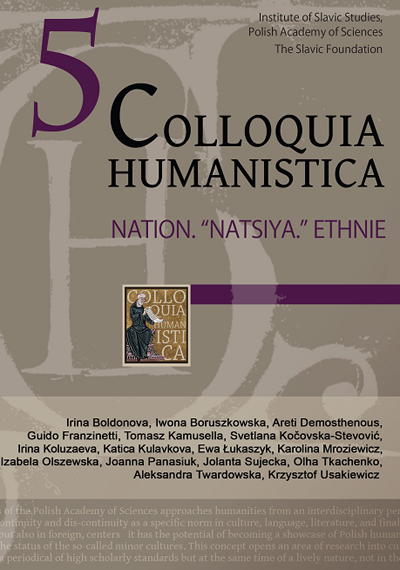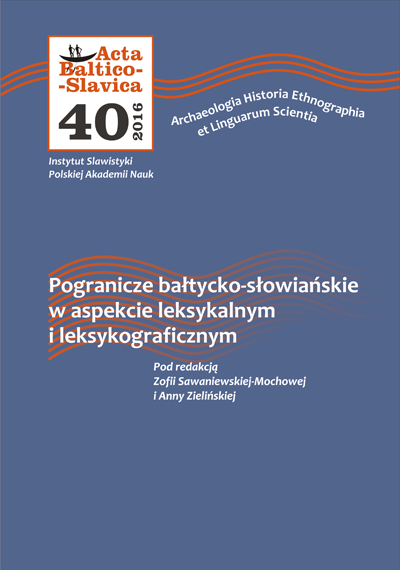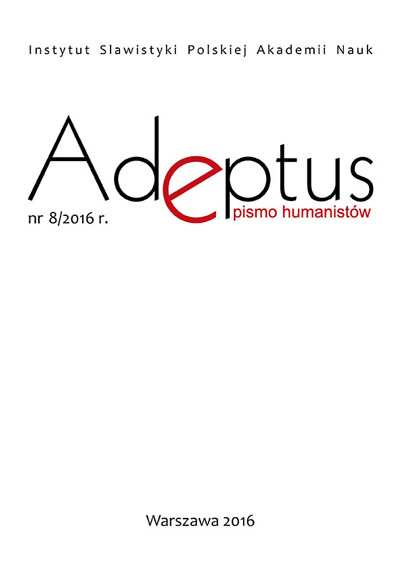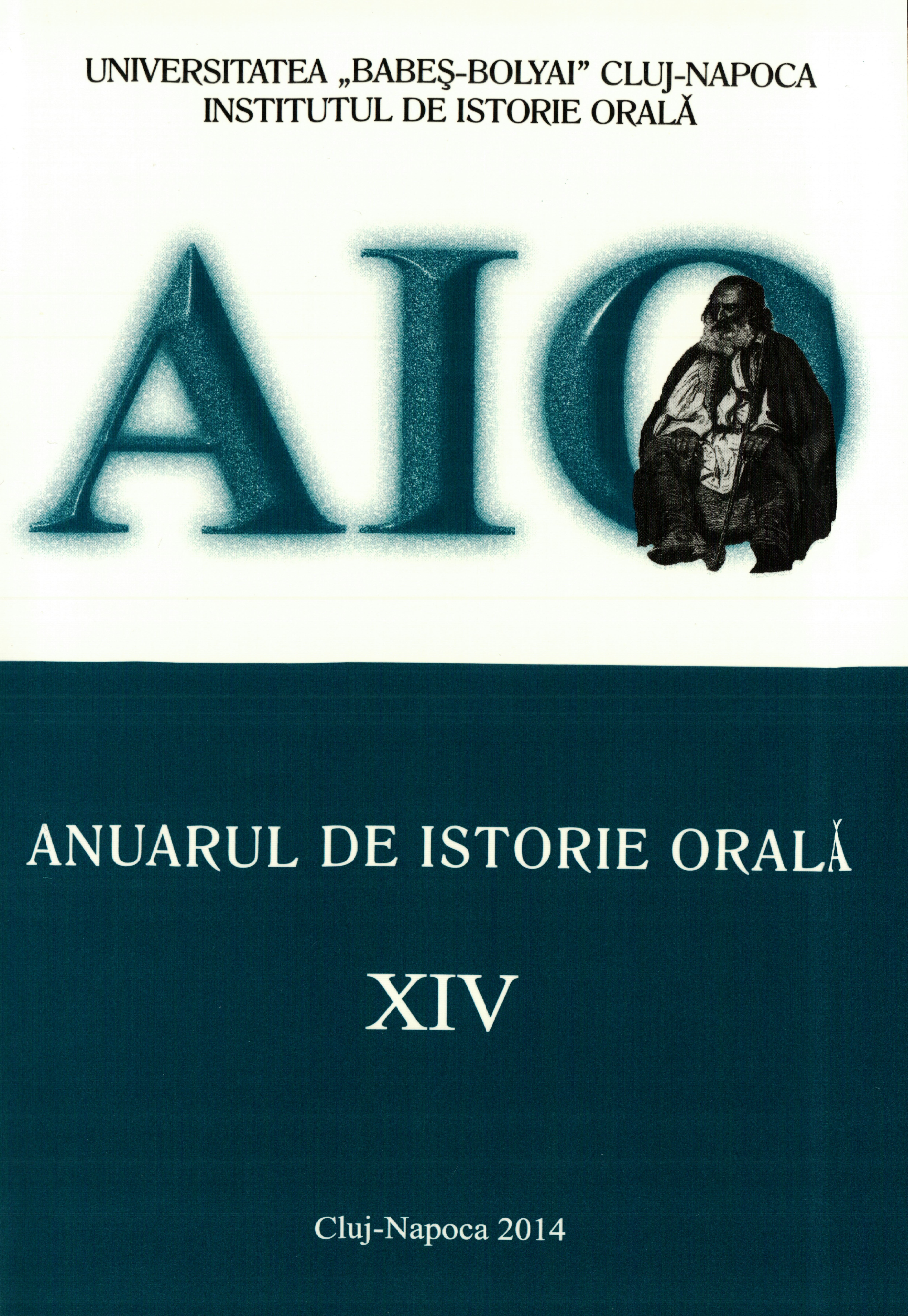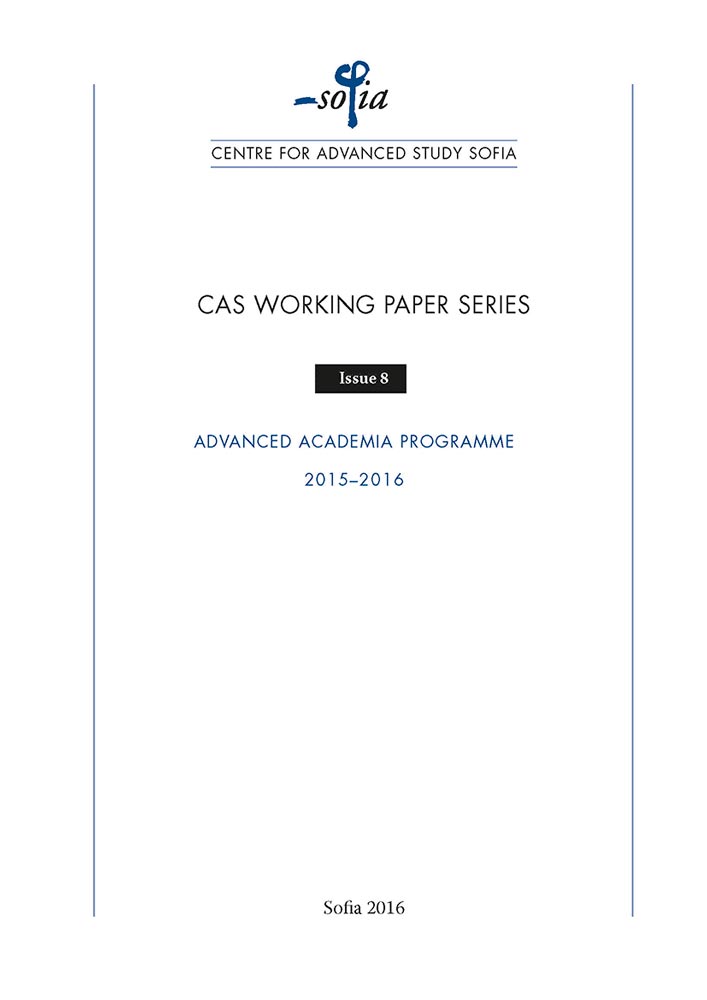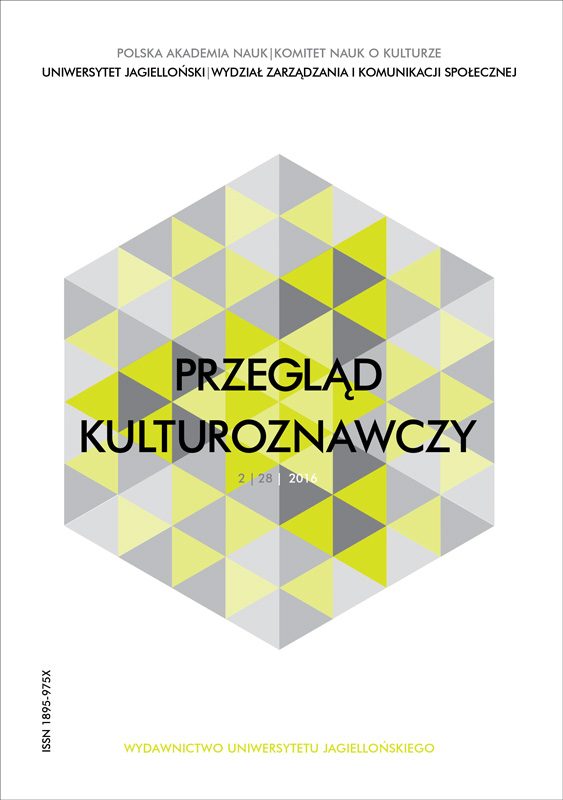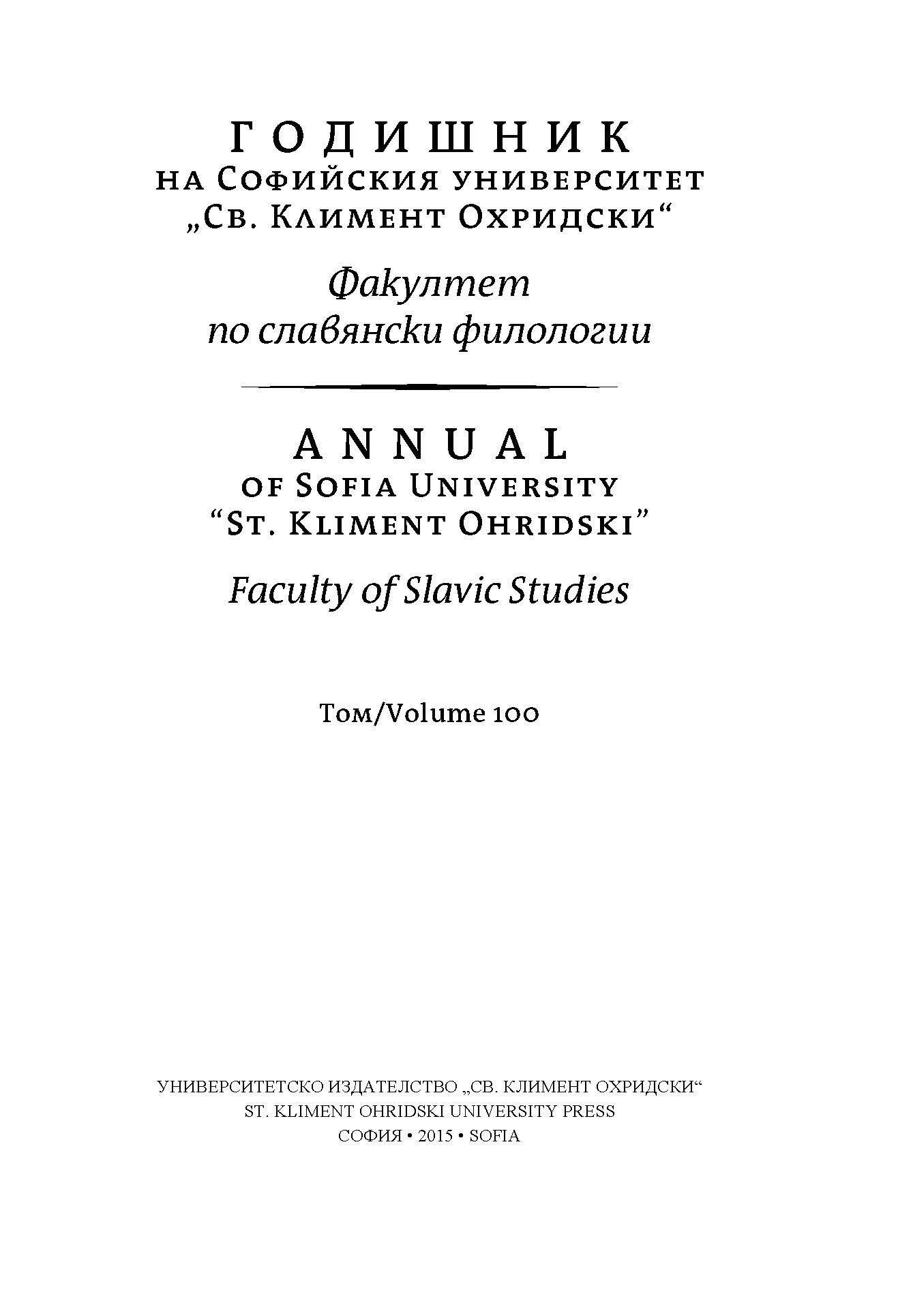KÉREŞÉN TATARLARI VEYA TAPINDIRILMIŞ TATARLAR
Kéreşén Tatarları yani tapındırılmış Tatarlar, Kazan Tatarlarının budunsal bir parçasıdır. Bu topluluk, Çar Rusya’sının zorlamasıyla her ne kadar Hıristiyanlığı kabul etseler bile, Müslüman olan Kazan Tatarlarına oranla ulusal dilini ve töresini daha iyi korumuşlardır. Anlaşılıyor ki, din faktörü, ulusal kimliği belirlemede esas rol oynamıyormuş.
More...
